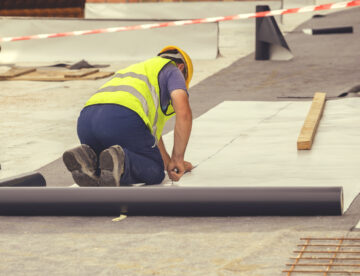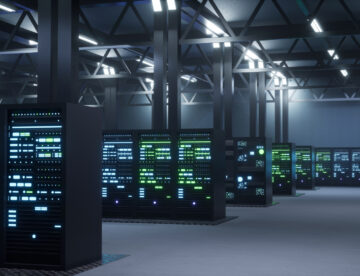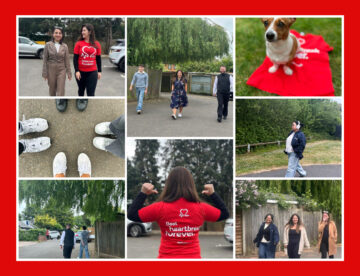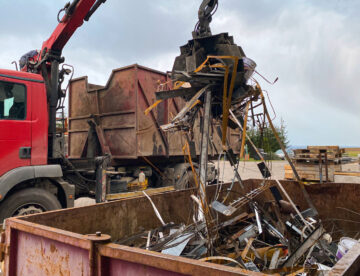
Cyber security threats are escalating across the UK, with more than 40% of businesses and 30% of charities reporting breaches over the past 12 months. Even household names like Marks & Spencer, Co-op and Harrods were recently forced to suspend online operations to contain cyber-attacks.
This surge highlights that cyber-crime is happening right now and it could affect anyone. For organisations, the consequences can be particularly severe, including financial losses, reputational damage and operational disruption. Take a look at this week’s blog to find out what this means for our industry and what Sheriff Construction is doing to protect your data.

As the school year starts to wrap up, thousands of young people across the UK are finishing their studies and asking the big question: what next?
Following a strictly academic route isn’t for everyone, meaning plenty of school-leavers are looking for something more practical and hands-on. In such cases, roofing (one of the most in-demand trades in the construction industry) could be the path well worth exploring. Find out more about this rewarding career option in this week’s blog.

The UK government has recently announced that, under the Future Homes Standard (to be published this Autumn), the majority of new build properties will be required to include rooftop solar panels, unless site-specific factors such as shading make it impractical.
It’s a move designed to help households save on energy bills while cutting carbon emissions and boosting the UK’s energy security. In this week’s blog, we explore what the announcement means in practice, how the industry is reacting, and what housebuilders and developers should expect next.

As we navigate through 2025, the construction industry might be about to witness a transformative shift. While traditional sectors like residential housing have faced challenges recently, a new driver of growth has emerged: the booming demand for data centres.
Read this week’s blog to find out more about why data centres are an important part of our infrastructure as well as the opportunities and challenges this poses for our industry.

Sheriff Construction turns 20 this August and we’re marking the milestone in more ways than one. As well as celebrating two decades of teamwork, resilience and growth, we’re also taking on a major challenge: to raise £20,000 for charity by the end of 2025.
This ambitious fundraising target is our way of giving back to the communities and causes that matter to us – and it reflects our team’s generous spirit and determination to make a real difference. Find out more in this week’s blog.

It’s easy to get stuck at your desk when there’s a deadline looming or a big task in front of you. Hours can go by before you realise you haven’t stood up, stretched or even moved more than a few steps. Most of us know that staying seated for too long isn’t great for our health – but still, we often just crack on with our day regardless.
That’s why we’re focusing this week’s blog on why it’s so important for office workers to add movement into their day – and some simple ways to do it, even during a busy work schedule. Plus, we’ll share how our office team is putting this into action by walking 1,000 miles this May!

This week is Mental Health Awareness Week (12–18 May 2025), and the theme is one that couldn’t be more relevant to us in construction: ‘community’.
At Sheriff Construction, we’re taking this opportunity to join the conversation by exploring why being part of a community is so important for mental health, shining a light on the worrying rates of suicide in construction, and considering what we can all do to support each other better. Join us by taking a moment to read this week’s blog.

Did you know that around one in three adults in the UK are deaf, have hearing loss or experience tinnitus (a persistent ringing, buzzing or humming sound in the ears with no external source)?
Given this prevalence, it’s very likely you work alongside someone who is affected and so, as this week (6-11 May) is Deaf Awareness Week, we’re shining a light on the communication challenges people with hearing loss can face as well as what we can do to be more inclusive communicators on site and beyond. Read on to find out more.

In 2022, the construction industry generated 63 million tonnes of construction and demolition (C&D) waste in England. While 59.4 million tonnes of this waste were recovered, it’s less certain how much was fully recycled.
What is clear is that there is substantial room for the industry to go further in relation to maximising resources and cutting waste. Take a look at this week’s blog to find out more about why this is crucial and what improvements can be made on site.

